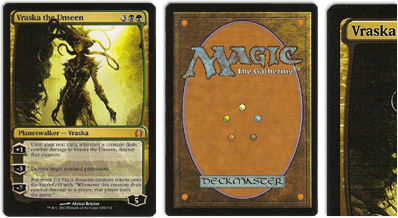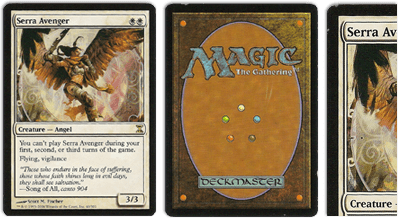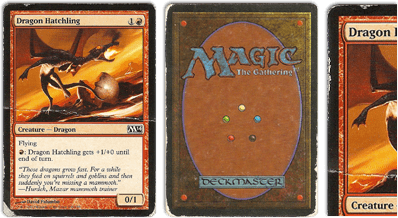Dungeons & Dragons Media Lab: Game Master's Handbook of Proactive Roleplaying

Is your roleplaying in a rut? Flip the table and try something new! Proactive roleplaying will re-energize your players – and your game.
Most adventures in traditional TTRPGs start out the same way: Something bad happens and your players have to muster their courage to stand against it. Whether it’s rescuing the little dog that was kidnapped by the local troll, stopping an assassination attempt at the archduke’s wedding or recruiting an army to disrupt the construction of a world-ending ritual site, the party will always find a way to save the day. After all, what kind of heroes would they be if they let the dog, duke or entire population die? Saving the day is fun, but it starts to get repetitive after a while. If you’re using a “bad guys try to do stuff, good guys try to stop them” engine to drive all your sessions, you’re taking all the agency out of your players’ hands. Bad stuff happens, good people have to try to stop it, roll, rinse, repeat.
There’s a better way to play (and prep) your sessions. The Game Master’s Handbook of Proactive Roleplaying shows you how to convert your TTRPG gameplay from predictable action/reaction cliches to player-driven narratives that put all the choices (and most of the prep work) in the hands of your players. The goals are theirs. The decisions are theirs. Everything that happens in the world you’re building together occurs not because you planned it, but because the PCs are following their own paths, rather than Game Master breadcrumbs, to the scene of the next adventure.
The proactive approach ensures every battle has tension, every faction has a function and every session is high-stakes (and an absolute blast), putting the players and their characters in the driver’s seat so you can sit back and simply put giant goal- (and soul-) crushing roadblocks in their way.
You’ll also find:
• Foreword by Ginny Di with an afterword by Jeff Ashworth
• Writer’s block-breaking charts
• Case studies from decades of sessions
• Templates for goal-driven NPCs and factions
• A modular adventure setting and much more!
Most adventures in traditional TTRPGs start out the same way: Something bad happens and your players have to muster their courage to stand against it. Whether it’s rescuing the little dog that was kidnapped by the local troll, stopping an assassination attempt at the archduke’s wedding or recruiting an army to disrupt the construction of a world-ending ritual site, the party will always find a way to save the day. After all, what kind of heroes would they be if they let the dog, duke or entire population die? Saving the day is fun, but it starts to get repetitive after a while. If you’re using a “bad guys try to do stuff, good guys try to stop them” engine to drive all your sessions, you’re taking all the agency out of your players’ hands. Bad stuff happens, good people have to try to stop it, roll, rinse, repeat.
There’s a better way to play (and prep) your sessions. The Game Master’s Handbook of Proactive Roleplaying shows you how to convert your TTRPG gameplay from predictable action/reaction cliches to player-driven narratives that put all the choices (and most of the prep work) in the hands of your players. The goals are theirs. The decisions are theirs. Everything that happens in the world you’re building together occurs not because you planned it, but because the PCs are following their own paths, rather than Game Master breadcrumbs, to the scene of the next adventure.
The proactive approach ensures every battle has tension, every faction has a function and every session is high-stakes (and an absolute blast), putting the players and their characters in the driver’s seat so you can sit back and simply put giant goal- (and soul-) crushing roadblocks in their way.
You’ll also find:
• Foreword by Ginny Di with an afterword by Jeff Ashworth
• Writer’s block-breaking charts
• Case studies from decades of sessions
• Templates for goal-driven NPCs and factions
• A modular adventure setting and much more!
 '
' '
' '
' '
' '
'